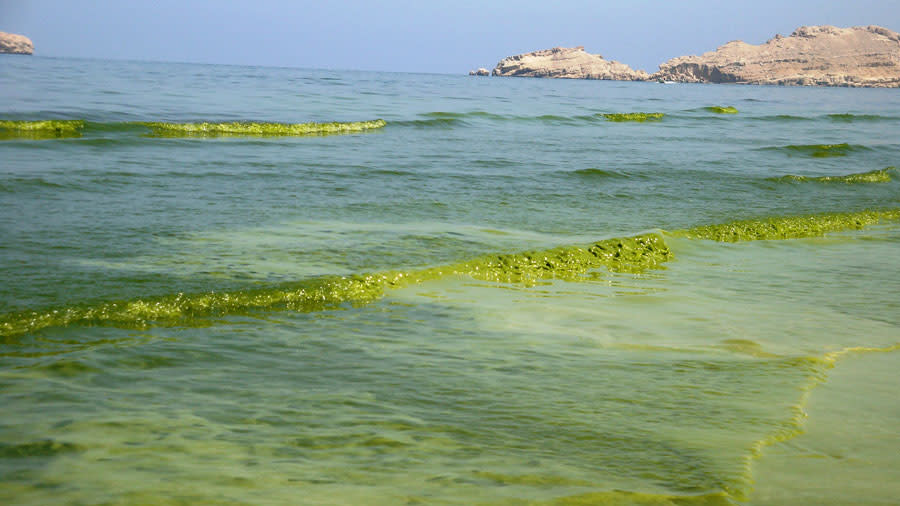Melting snow in Himalayas drives growth of green sea slime visible from space

Melting snow in the Himalayas has led to enormous growth of a ‘green slime’ in the Arabian sea, swirls of which are now visible from space.
Research published in Nature’s Scientific Reports used NASA satellite imagery to track the growth of the planktonic organism Noctiluca scintillans in the Arabian sea.
It was unheard of 20 years ago, but the huge blooms have grown to such an extent that it has disrupted the food chain and could threaten fisheries which sustain 150 million people.
The millimeter-size planktonic organism has forced out the photosynthesising plankton that used to support life in the area.
Read more: A 1988 warning about climate change was mostly right
Joaquim Goes, from Columbia University’s Lamont-Doherty Earth Observatory, said: “This is probably one of the most dramatic changes that we have seen that’s related to climate change.”
“We are seeing Noctiluca in Southeast Asia, off the coasts of Thailand and Vietnam, and as far south as the Seychelles, and everywhere it blooms it is becoming a problem. It also harms water quality and causes a lot of fish mortality.”
Normally, cold winter monsoon winds blowing from the Himalayas cool the surface of the oceans.
But with the shrinking of glaciers and snow cover in the Himalayas, the monsoon winds blowing offshore from land are warmer and more moist, meaning that Noctiluca blooms have flourished.
Read more: Why economists worry that reversing climate change is hopeless
Noctiluca (also known as sea sparkle) doesn’t rely only on sunlight and nutrients; it can also survive by eating other microorganisms.
This dual mode of energy acquisition gives it a tremendous advantage to flourish and disrupt the classic food chain of the Arabian Sea.
Noctiluca blooms first appeared in the late 1990s.

In Oman, desalination plants, oil refineries and natural gas plants are now forced to scale down operations because they are choked by Noctiluca blooms and the jellyfish that swarm to feed on them.
The resulting pressure on the marine food supply and economic security may also have fuelled the rise in piracy in countries like Yemen and Somalia.
The study provides compelling new evidence of the cascading impacts of global warming on the Indian monsoons, with socio-economic implications for large populations of the Indian sub-continent and the Middle East.
“Most studies related to climate change and ocean biology are focused on the polar and temperate waters, and changes in the tropics are going largely unnoticed,” said Goes.

 Yahoo News
Yahoo News 

